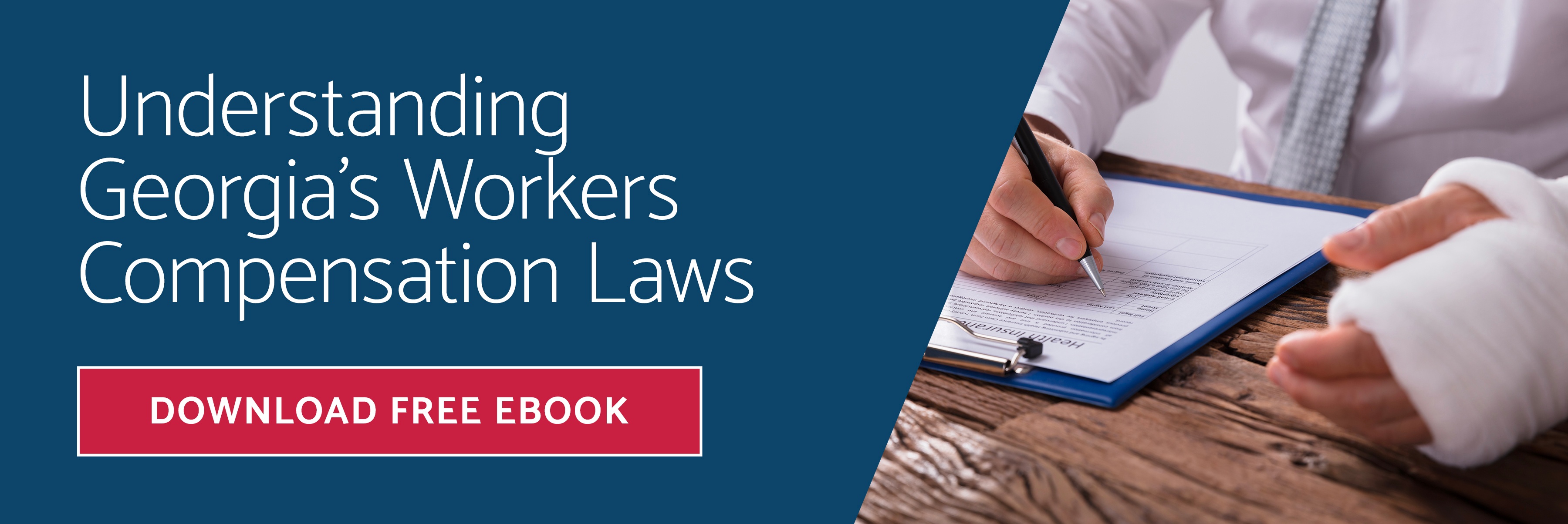OneSource Business Solutions Blog
How PEOs Increase Your Cash Flow

Keeping your business running smoothly requires keeping an eye on your cash flow. When your cash flow is low or sputtering, you lose your competitive advantage and may even be forced to take out a short-term loan.
While increasing revenue is the obvious way to increase cash flow, you have more control over other concerns. These include reducing your costs and improving the productivity of your employees so that your overhead goes further. Either way, professional employer organizations ( PEOs) can increase your cash flow.
What is Cash Flow?
Cash flow is the net amount of cash (and equivalent) moving into and out of your business. Cash coming in is "inflow," and money you spend is "outflow." When your cash flow is positive (more cash coming in than out), you are making money.
Cash flow can be cyclical. For many businesses, cash flow dips negative at the end of the month when rent and payroll come due, but it should then go positive again quickly. It should never dip far enough negative to wipe out your operating capital.
Analysts often use "free cash flow," which is what you generate after your costs, as a way to assess your profitability. Overall, having a strong positive cash flow helps you take advantage of opportunities and survive downturns.
How do PEOs Increase Cash Flow?
PEOs increase cash flow in two main ways, by reducing outflow and increasing inflow. Here are some ways in which they do that.
Reduce Cash Outflow
Reducing cash outflow is a fancy way of saying lowering costs, and PEOs do this in a number of ways:
Health Insurance
One of the biggest ways in which partnering with a PEO lowers costs is by reducing the amount you spend on health benefits. When you partner with a PEO, your employees gain access to the PEO's master healthcare plan, which is more affordable and robust than any plan a small company can afford on its own. In addition to saving costs directly, this also increases employee retention and thus helps you avoid the costs associated with repeatedly hiring new staff.
Workers' Compensation Insurance
In normal circumstances, a company pays a deposit on their workers' compensation once a year. They may get some of this money back if they don't make any claims, or they may lose money if they increase staff. Regardless, though, this is a large lump sum that has to come out all at once, messing up the cash flow for that month.
A PEO will pay that lump sum for you, then allow you to pay as you go, thus spreading the costs out through the year. You won't get money back, but you will spend less overall. Additionally, because they are the insurer of record, you take on their history of claims. This reduces the experience modifier, a key element in determining premiums, by diluting the impact of any given claim as it's now spread over a number of businesses.
Compliance Costs
Many small businesses spend a lot of time and effort scrambling to handle compliance. It can be almost a full-time job to keep track of everything, and it only gets worse as your company grows. Common payroll mistakes can lead to high costs and a violation of trust between you and your employees.
PEOs have the experience needed to streamline the compliance process, and you get to share a full-time compliance expert with other companies, paying for only the time you use. That experience and knowledge reduce the risk of non-compliance, helping you avoid fines, lawsuits, and negative impacts on employee morale.
Increase Cash Inflow
While a PEO doesn't directly increase your revenue, it can absolutely increase the amount of money your business can make. There are two main ways in which they do this:
Increased Productivity
Studies show that PEO clients have employees who are more engaged and less likely to leave. When an employee has to be replaced, there is an unavoidable dip in productivity as the new person comes up to speed. This is often aggravated by presenteeism on the part of the departing employee, who may give two weeks' notice and then go through the motions.
Employee engagement, defined as a high level of enthusiasm and commitment to the workplace, also dramatically improves employee productivity. According to Gallup's latest research, high levels of employee engagement resulted in an increase of 23% in profitability, 18% in productivity in sales, and 14% in productivity in production. It also reduces absenteeism by as much as 81%.
Reduced Administrative Burden
The PEO's staff takes on mundane, routine tasks such as payroll and benefits administration. Otherwise, this work has to be done by HR staff or, in companies with a smaller HR team, by other employees or the owner. In the latter case, it takes employee time away from revenue-generating tasks.
The former prevents HR from more creative and strategic work, such as designing employee training programs, mediating and mitigating concerns, and improving the company culture.
The reduced administrative burden relieves opportunity costs that happen when employees are distracted by non-revenue matters. It also allows these tasks to be taken on by genuine experts who will do them right.
PEOs are the best outsourcing option for increasing cash flow. The average ROI of a PEO is 27.2%, which gives a net increase in cash flow. Other solutions, such as payroll processors, have a poor or even negative ROI, impacting your cash flow and your business's productivity. Partnering with a PEO is the very best way to outsource HR, reduce administrative burden, and overall improve your cash flow.
Recent Posts
Posts by Topic
- HR Outsourcing (37)
- Employee Benefits (14)
- Payroll & HR Administration (5)
- Strategic Planning & Research (5)
- Company Culture (4)
- HR Compliance (4)
- Industry – Professional Services (4)
- PEO (4)
- Workers’ Comp (4)
- Employee Turnover (3)
- OneSource PEO Company News (3)
- performance management (2)
- Navigating COVID-19 (1)
- manufacturing industry (1)
